Kandinsky: Incarnating Beauty 296441
Код товару: 296441Паперова книга
-
ISBN9781644230817
-
Бренд
-
Автор
-
СеріяEkphrasis
-
Рік2022
-
МоваАнглійська
-
ІлюстраціїКольорові
-
ЖанрМистецтвознавство, Філософія
A compilation of esoteric musings, Kandinsky: Incarnating Beauty explores Alexandre Kojeve’s philosophical approach to the relationship between art and beauty.
A teacher to Jacques Lacan, Andre Breton, and Albert Camus, Kojeve defined art as the act of extracting the beautiful from objective reality. His poetic text, “The Concrete Paintings of Kandinsky,” endorses nonrepresentational art as uniquely manifesting beauty. Taking the paintings of his renowned uncle, Wassily Kandinsky, as his inspiration, Kojeve suggests that in creating (rather than replicating) beauty, the paintings are themselves complete universes as concrete as the natural world. Kojeve’s text considers the utility and necessity of beauty in life, and ultimately poses the involuted question: What is beauty?
Including personal letters between Kandinsky and his nephew, this book further elaborates the unique relationship between artist and philosopher. An introduction by Boris Groys contextualizes Kojeve’s life and writings.
A teacher to Jacques Lacan, Andre Breton, and Albert Camus, Kojeve defined art as the act of extracting the beautiful from objective reality. His poetic text, “The Concrete Paintings of Kandinsky,” endorses nonrepresentational art as uniquely manifesting beauty. Taking the paintings of his renowned uncle, Wassily Kandinsky, as his inspiration, Kojeve suggests that in creating (rather than replicating) beauty, the paintings are themselves complete universes as concrete as the natural world. Kojeve’s text considers the utility and necessity of beauty in life, and ultimately poses the involuted question: What is beauty?
Including personal letters between Kandinsky and his nephew, this book further elaborates the unique relationship between artist and philosopher. An introduction by Boris Groys contextualizes Kojeve’s life and writings.
610 ₴
Відправимо 18.11
-
Нова ПоштаБезкоштовно від
3'000,00 ₴ -
УкрпоштаБезкоштовно від
1'000,00 ₴ -
Meest ПоштаБезкоштовно від
3'000,00 ₴
Характеристики
- Бренд
- Вага, г80
- Автор
- СеріяEkphrasis
- КатегоріяКультура та мистецтво
- Рік2022
- Сторінок80
- Формат110х180 мм
- ОбкладинкаМ'яка
- Тип паперуОфсетний
- МоваАнглійська
- ІлюстраціїКольорові
- ЖанрМистецтвознавствоФілософія
- Вік16+
Від видавця
A compilation of esoteric musings, Kandinsky: Incarnating Beauty explores Alexandre Kojeve’s philosophical approach to the relationship between art and beauty.
A teacher to Jacques Lacan, Andre Breton, and Albert Camus, Kojeve defined art as the act of extracting the beautiful from objective reality. His poetic text, “The Concrete Paintings of Kandinsky,” endorses nonrepresentational art as uniquely manifesting beauty. Taking the paintings of his renowned uncle, Wassily Kandinsky, as his inspiration, Kojeve suggests that in creating (rather than replicating) beauty, the paintings are themselves complete universes as concrete as the natural world. Kojeve’s text considers the utility and necessity of beauty in life, and ultimately poses the involuted question: What is beauty?
Including personal letters between Kandinsky and his nephew, this book further elaborates the unique relationship between artist and philosopher. An introduction by Boris Groys contextualizes Kojeve’s life and writings.
A teacher to Jacques Lacan, Andre Breton, and Albert Camus, Kojeve defined art as the act of extracting the beautiful from objective reality. His poetic text, “The Concrete Paintings of Kandinsky,” endorses nonrepresentational art as uniquely manifesting beauty. Taking the paintings of his renowned uncle, Wassily Kandinsky, as his inspiration, Kojeve suggests that in creating (rather than replicating) beauty, the paintings are themselves complete universes as concrete as the natural world. Kojeve’s text considers the utility and necessity of beauty in life, and ultimately poses the involuted question: What is beauty?
Including personal letters between Kandinsky and his nephew, this book further elaborates the unique relationship between artist and philosopher. An introduction by Boris Groys contextualizes Kojeve’s life and writings.
Зміст
Компіляція езотеричних роздумів "Кандинський: Втілююча краса" досліджує філософський підхід Александра Кожева до відносин між мистецтвом і красою.
Учитель Жака Лакана, Андре Бретона та Альбера Камю, Кожев визначив мистецтво як акт вилучення прекрасного з об'єктивної реальності. Його поетичний текст, “The Concrete Paintings of Kandinsky,” схвалює нерепрезентативне мистецтво як унікальну красу. Взявши за натхнення картини свого відомого дядька Василя Кандинського, Кожев припускає, що у створенні (а не тиражуванні) краси картини самі по собі є повними всесвітами, такими ж конкретними, як світ природи. Текст Кожева розглядає корисність і необхідність краси в житті, і в кінцевому рахунку ставить питання, що мимоволі: Що таке краса?
Включно з особистими листами між Кандинським і його племінником, ця книга ще більше розкриває унікальні стосунки між художником і філософом. Вступ Бориса Гройса контекстуалізує життя та твори Кожева.
Учитель Жака Лакана, Андре Бретона та Альбера Камю, Кожев визначив мистецтво як акт вилучення прекрасного з об'єктивної реальності. Його поетичний текст, “The Concrete Paintings of Kandinsky,” схвалює нерепрезентативне мистецтво як унікальну красу. Взявши за натхнення картини свого відомого дядька Василя Кандинського, Кожев припускає, що у створенні (а не тиражуванні) краси картини самі по собі є повними всесвітами, такими ж конкретними, як світ природи. Текст Кожева розглядає корисність і необхідність краси в житті, і в кінцевому рахунку ставить питання, що мимоволі: Що таке краса?
Включно з особистими листами між Кандинським і його племінником, ця книга ще більше розкриває унікальні стосунки між художником і філософом. Вступ Бориса Гройса контекстуалізує життя та твори Кожева.

Kandinsky: Incarnating Beauty
610 ₴












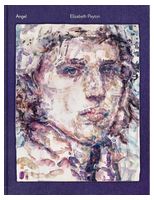




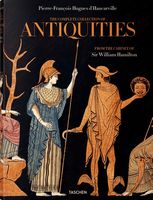


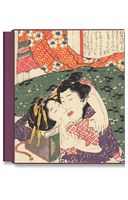
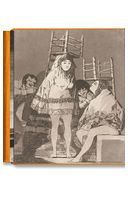

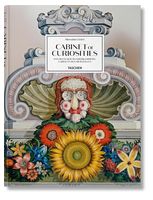









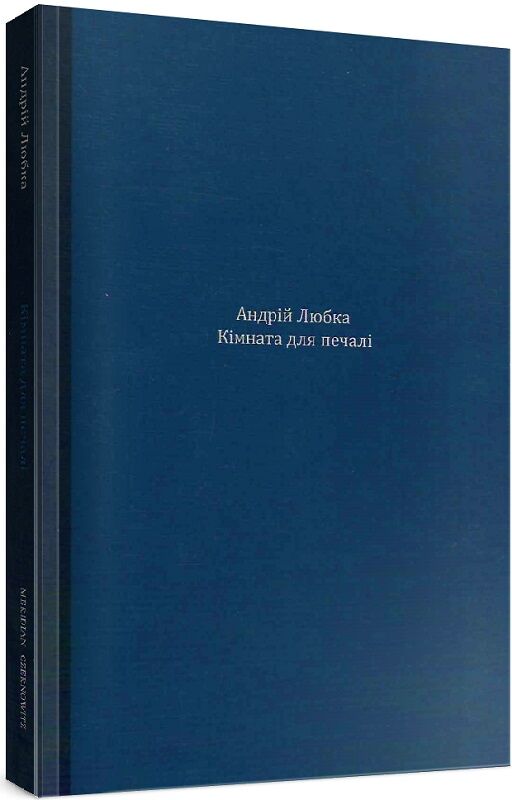


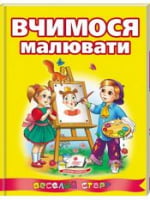
Відгуки про Kandinsky: Incarnating Beauty